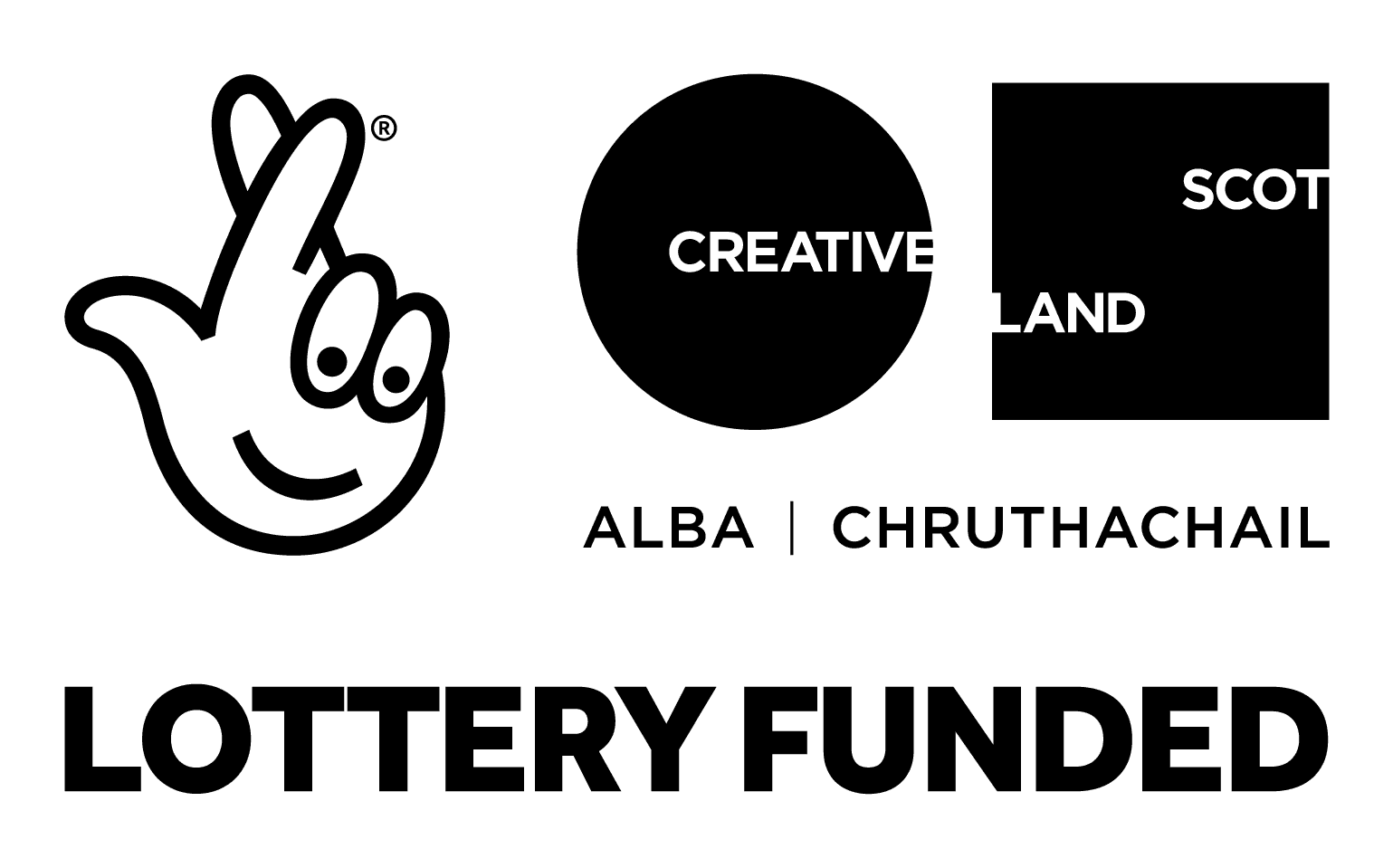فرنگ / Farang
by Mina Heydari-Waite
Using original family footage shot on trips to the country in the early 1990s, the project combines a personal British-Iranian archive with source materials concerning 19th and early 20th century British presence in the region, reflecting on the interplay between familial histories and their wider socio-political frameworks.
Central to فرنگ / Farang are notions of historical synchronicity, serendipity and coincidence. Finding that my family’s route mapped onto that which was followed by the British Indo-European Telegraph Line – an administrative apparatus of Empire which stretched across Iran for over fifty years – the work considers the cognate overlaps between Hi8 film and the telegraph as communicative artefacts, their messages subject to codification, degradation and retransmission.
Words of Mina Heydari-Waite
Installation view of فرنگ / Farang at Offline as part of Glasgow International Festival of Art.
Photo © Sally Jubb
In autumn 2023, Mina came to me with a rich cache of video material shot by her father, James Waite, in Iran in the 1990s. She had already edited some sequences from the footage, which painted a buoyant, vivid image of Iranian places and family life. Mina is an editor with great style and a very satisfying, haptic sense of rhythm. I suspect she brought me on board to provide an outside eye, less emotionally connected to the personal family footage, and thereupon to help her navigate the reframing of this material within her broader narrative ideas, drawing upon her research into the Indo-European Telegraph Line
Excerpt from فرنگ / Farang featuring Mina Heydari-Waite at the Mitchell Library, the voice of Emma Hignett, and some footage of Iranian state TV from the 1990s.
Excerpt from فرنگ / Farang featuring the voice of Emma Hignett, family footage from Iran in the 1990s and Iranian state TV.
The process was very instinctive and full of play. Through experimentation, we discovered fascinating links and cues through the smashing together of two completely different narratives, finding ways to think texturally about how they interact. The Indo-European Telegraph Line is a great behemoth of British colonialism that, with little regard for the local impact along its route, unceremoniously cuts through the whole of Iran, for Britain to exert more direct authority over British India. The very nature of this narrative artefact stands in stark contrast to Mina’s source material, which is utterly charming, culturally rich, and complex. Bringing the two together is a daunting task indeed. But, in a way, the family footage is representative of ordinary life in Iran, much like that which would have existed around the telegraph line—prompting us to consider these transmissions as strange, unnatural interruptions in the landscape.
By the time we were sharing edits with peers, we had already been through a months-long editing process. When it became clear after a sharing session that we needed more footage of Mina’s research at the library, it was exciting to see how in sync we were—within 72 hours, we had already planned, shot, and wrapped the shoot as we both just knew exactly what was needed.
The next challenges came with facilitating the captioning and finishing of the film, in both English and Farsi. After drafting the captions ourselves, we collaborated with the brilliant Emilia Beatriz, Camara Taylor, and Bea Webster-Mockett of Collective Text, who helped us refine the wording and timing to enhance accessibility. The captions were then beautifully translated into Farsi (and the Farsi voices into English) by Hamzeh Halakouei and Sannaz Rasouli. I was thrilled when Mina told me that a Deaf Iranian family had seen the film and said it was the most accessible film they’d ever experienced.
In designing the captions and titles for the film, it was satisfying to explore the interplay between the left-to-right flow of English and the right-to-left flow of Farsi, which opened up interesting design opportunities. The title card designer, Hanna Karrabi, took this concept to the next level with her beautifully interwoven title cards that physically merge the English and Farsi.
Camera by James Waite and Daniel Hughes
Edited by Mina Heydari-Waite & Daniel Hughes
Voices Emma Hignett, Fatima Arabshahi
Sound mix by William Aikman
Script written by Mina Heydari-Waite & Thomas Querns
Title card designer Hanna Karrabi
Caption consultants Collective Text, Ace Mahbaz
Caption translation by Hamzeh Halakouei, Sannaz Rasouli
Thanks to OFFLINE, Hamideh Heydari, Anahita Razmi, Molly M. Whawell and Mitchell Library Principle Librarian Dawn Vallance
The development of the work is supported by the National Lottery through Creative Scotland.
The work was exhibited in an solo sculptural installation with Offline during Glasgow International Festival of Art 2024 (6th-23rd June 2024). The exhibition was part of The Ground is Not Unchanging, a wider collaborative project delivered by Mina Heydari-Waite and Offline throughout 2024.








